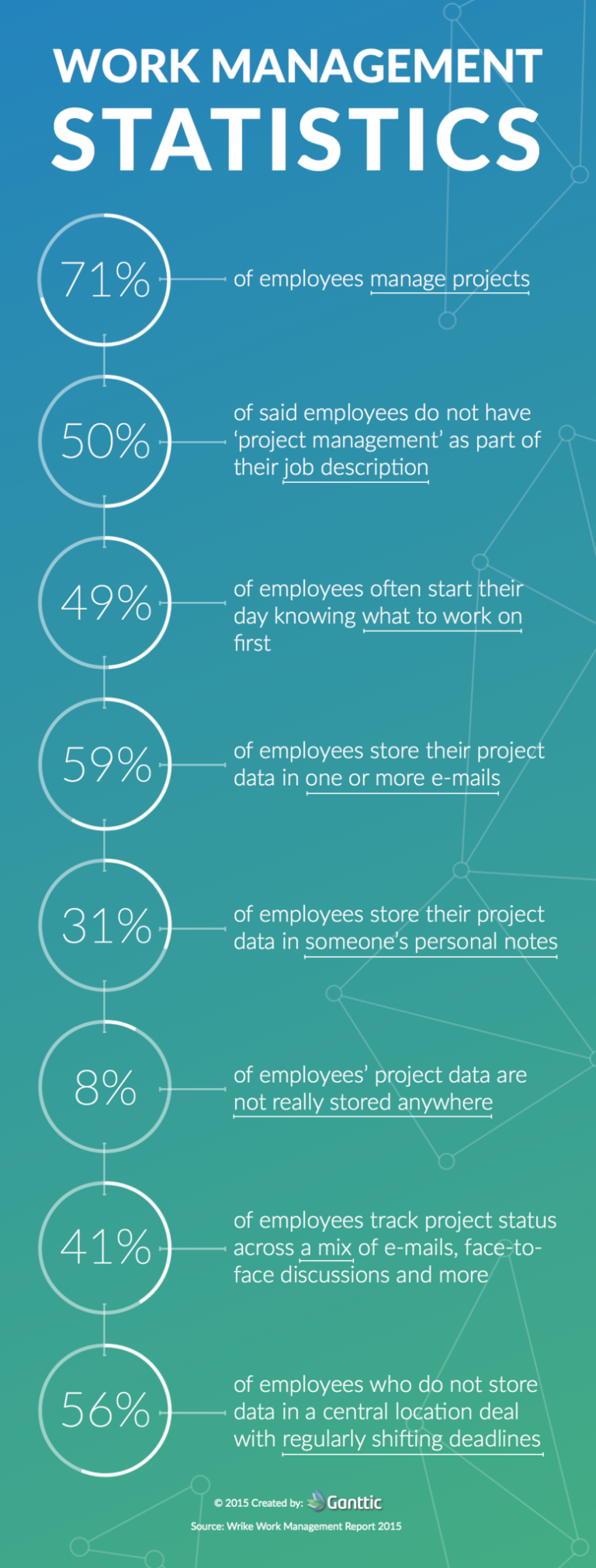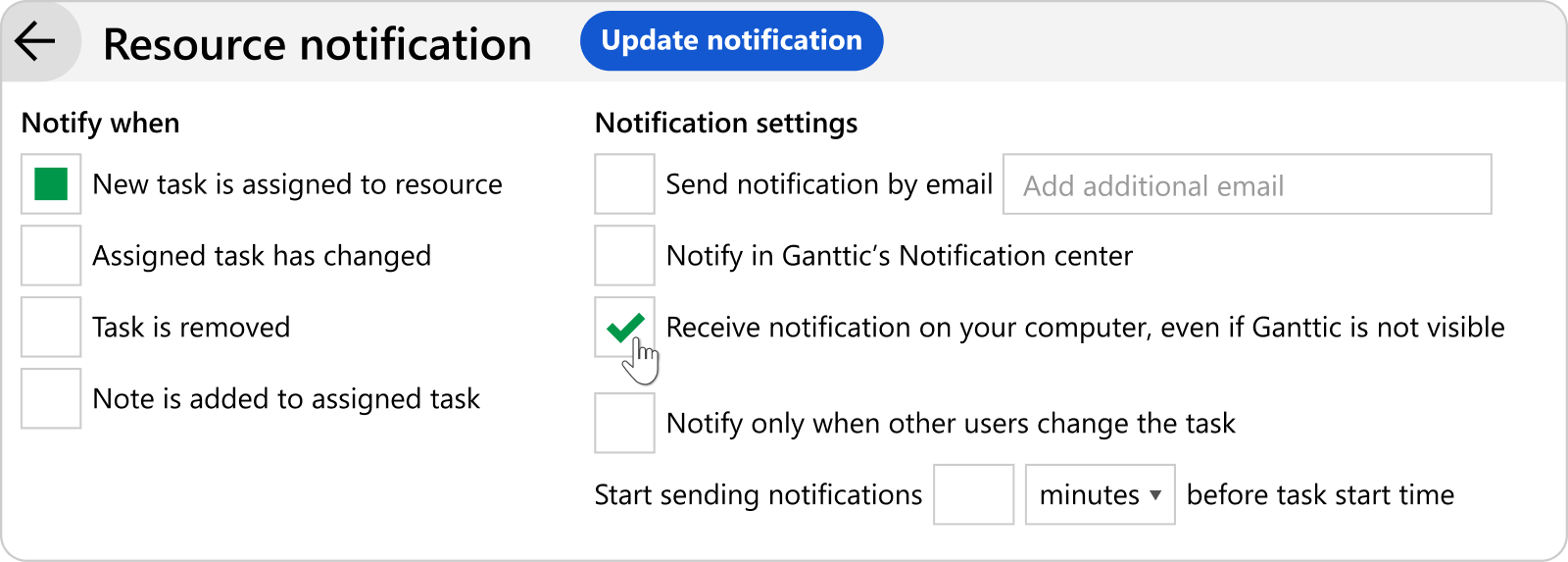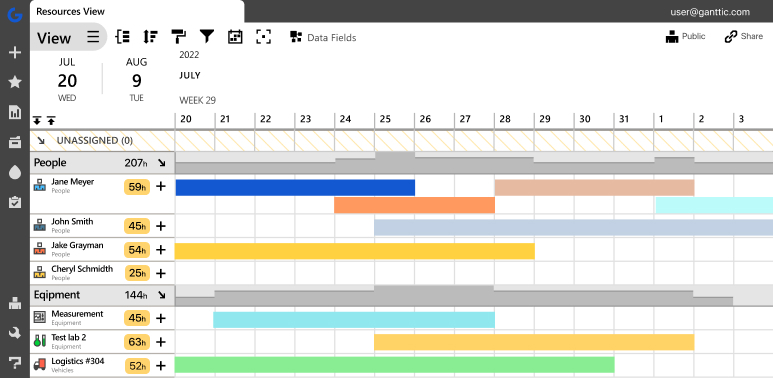Human resources are every company’s most valuable asset. And over and over again it’s been proven that if you treat your workforce right, projects gets completed on time. Meaning everyone’s happier and the returns are higher. So it should be obvious that organizations must take measures to ensure their human resources a a top priority. And one area that they can start is with their project management processes.
While project management normally falls under the purview of dedicated PMs, Human Resources Departments engage in a lot of activities usually associated with project management. While conveniently possessing unique skills and expertise that can significantly enhance project outcomes.
What is HR Project Management?
The human resources department has the priorities of all employees and the company at heart. Of all their various responsibilities, HR leaders should have a clear understanding of the ins and outs of a company.
And while it may not seem as though they have projects in the traditional sense, a lot of what the HR department does actually falls under the project management umbrella. Consider these examples of HR project management:
- Recruitment and Onboarding
Procuring the best and brightest will help your workforce shine. And by tackling recruitment as a project, HR managers can help bring in the best. Possessing project management skills enable HR managers to efficiently identify talent, streamline processes, and onboard new hires. And ensuring a smooth transition for new employees. By leveraging recruitment agency software, HR managers can streamline candidate sourcing, applicant tracking, and communication, allowing them to focus more on strategic initiatives. This automation not only enhances efficiency but also ensures a seamless recruitment experience for both candidates and hiring teams.
- Performance Management
On a daily basis HR managers must ensure that performance management processes are structured, consistent, and focused on driving employee development. Which in turn drives organizational success.
- Training and Development
Project management tools help HR managers plan and execute training projects effectively. While also making sure that employees receive the necessary knowledge and training to perform their roles optimally.
- Change Management
The HR department plays a critical role in change management initiatives, including organizational restructuring, process improvements, or technology implementations. To ensure a smooth transition and successful implementation HR managers must routinely plan, execute, and monitor change projects.
- Employee Engagement and Wellness Programs
No one wants to lose top talent. So HR initiatives to promote employee engagement and wellness is key. To do this, HR managers must take care that their programs are well-planned and effectively executed.
- Policy and Procedure Development
The use of project management methodologies can help HR managers effectively implement new policy development projects. And ensure that everyone is clued-in once they are deployed.
Why Project Management is Important for HR
However, research shows that regardless of company, 71% of all employees end up managing projects. And 50% of these employees do not have the title of “project management” or as part of their job description.
Meaning employees are often doing a lot more than they originally signed up for. And it means that the default state of project management lies with individuals. Which leads to:
“You’re All Project Managers Now”
It is inevitable to have most of the employees be involved in managing projects. This means that these employees are active participants of their work. However, it can be an issue when half of these involved employees do not have project management skills. And when that happens – problems start adding up.
To transform this into a positive advantage, introduce a project resource planning tool to help them plan more efficiently. This not only lessens individual burden, but it means
HR Project Management Software Can Help
HR managers should embrace project management software for its ability to streamline tasks, enhance collaboration, and improve efficiency in handling diverse responsibilities. A centralized platform facilitates planning, tracking, and execution of HR projects. This ensures clear goals, effective capacity planning, and real-time monitoring. This not only reduces administrative burdens but also enables a more strategic and proactive approach to human resource management, ultimately contributing to timely and budget-conscious project completion.
Tips for HR Project Management
By leveraging project management software with existing HR systems, HR managers can enhance their overall efficiency, reduce administrative burdens, and foster a more strategic and proactive approach to human resource management. Here’s a few examples of software in action.
According to the infographic on human resource management practices – project data is a mess.

- 59% of employees store their project data in one or more e-mails
- 31% of employees store their project data in someone’s personal notes
- 8% of employees’ project data are not really stored anywhere
And as a result, the 56% of employees who do not store data in a central location, deal with their own problems. Such as regularly shifting deadlines and other issues that cause confusion.
Avoid becoming part of the statistics, use project management software to not only store your project data, but also utilize it as both your and employees’ go-to platform for all things project and schedule related work.
Make Prioritizing Easier & Faster
The good news is according to the human resources infographic above, a good percentage (49%) of employees often start their day knowing what to work on first. But it’s still not the majority.
A project resource management tool can help bump that number up though. That’s because with one, employees can prioritize their daily tasks. And begin to understand which workflows maximize productivity and motivate them. Meaning when employees go to work every morning, they’ll have a clear overview of what’s scheduled first, how their work impacts others’ work and the overall progress of the projects in the portfolio.
Track Project Status In Just One Place
When 41% of employees track project status across a mix of e-mails, face-to-face discussions and other channels, how vulnerable does your data get, and how much information are in jeopardy of being lost, forgotten or misplaced?
 Ganttic’s notifications keep everyone up to date with new tasks and activities.
Ganttic’s notifications keep everyone up to date with new tasks and activities.
In Ganttic, all of your conversations and actions (updating and deleting) are recorded in-app, so that once any changes are made to the planner, everyone are able to track what’s going on without any pestering notifications or being left out of updates.
Enhance Collaboration and Visibility
Resource management software often includes collaborative features such as shared calendars, task assignments, and progress tracking. By utilizing these features, managers can enhance collaboration among team members. While also improving visibility into project allocation and progress.
This visibility helps every single department in your organization:
- Managers get an extensive overview of what their teams are engaged in
- PMs can track the projects and task in the portfolio
- HR managers can track their own projects, employee vacations, and work-related events.
- Team members know exactly what work they have for the day
Ganttic’s resource planner allows unlimited users in all accounts and plans. Meaning you won’t pay extra to get everyone on the same page.
Track Skills and Skills Management
Leverage resource management software to help with skills training and management initiatives. Not only will you get an overview of the available talent pool, but you can begin to track the areas where certain skills are lacking.
 HR managers can create a skills matrix in Ganttic to ensure that they have the best people on board.
HR managers can create a skills matrix in Ganttic to ensure that they have the best people on board.
HR managers can use the tool to create an employee skills matrix, and from there decide which kind of new trainings or talent need to be brought in.
While project managers can efficiently allocate resources by matching the required skills and availability. This helps ensure that the right resources are assigned to the project at the right time. And that employees have the best skills for the job.
Avoid Burnout
In our productivity-obsessed culture, it’s crucial for someone to step in and ensure that no one is working their way to burnout. Luckily, by utilizing software’s scheduling features and capacity planning functionalities, managers can avoid overbooking resources and ensure the right balance of workload.
Resource management software enables HR and project managers to analyze resource utilization data. That way they can identify bottlenecks, and make informed decisions on how to optimize resource allocation. The flip side of this is that it also helps prevent underutilization of resources. Since some of the workload can be offloaded onto others. Which ultimately maximizes productivity within the entire organization.
Manage People and Projects Today
 Ganttic can help HR managers keep up with their own projects and ensure the success of company-wide activities.
Ganttic can help HR managers keep up with their own projects and ensure the success of company-wide activities.
Ganttic’s resource management platform offers plenty of advantages for HR project management. With its intuitive interface and robust features, Ganttic provides HR managers with a powerful tool to streamline their own project-related tasks. While ensuring that employees are connected, happy, and on the same page.
To understand more about what a resource planning tool can bring to the table for human resources, take a tour to learn more.